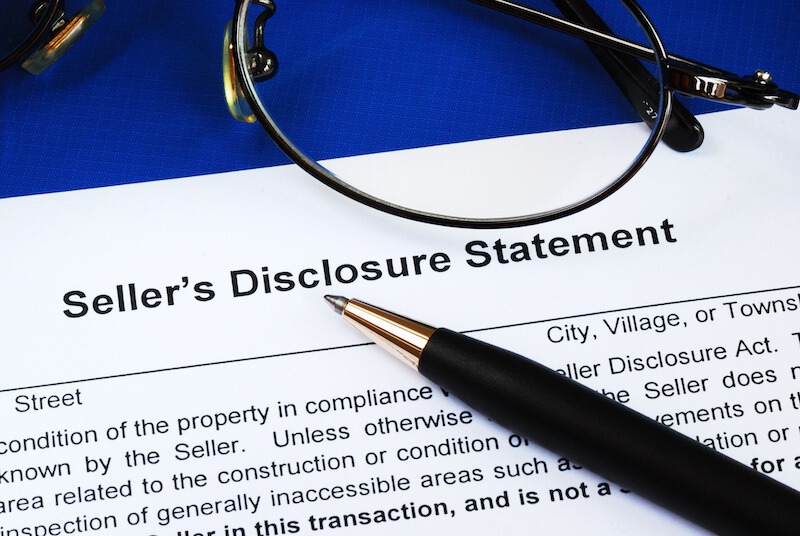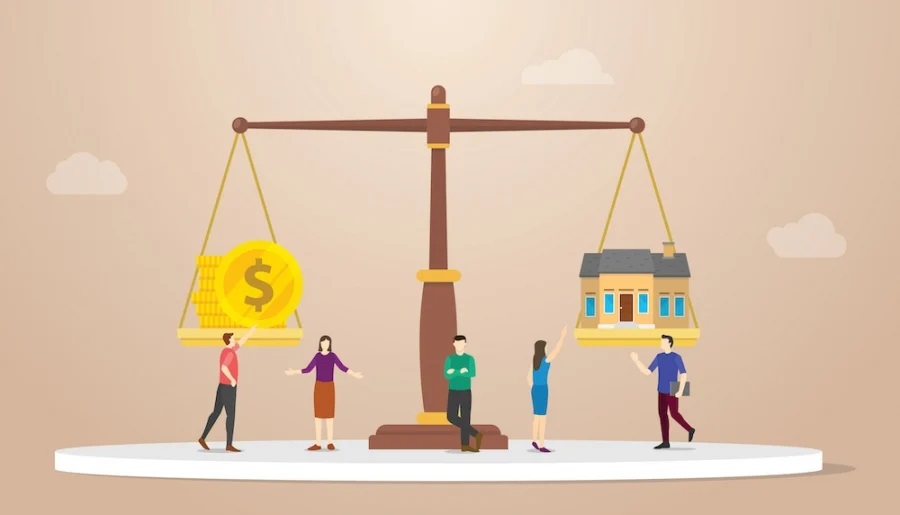It’s not uncommon to want to sell a home to a family member, but it can become a tricky situation. You have to be mindful of not only the personal elements that can come with doing this type of transaction with a relative, but the IRS may also scrutinize the transaction if you don’t avoid certain red flags.
It’s perfectly legal to sell a home to a family member as long as you’re not just doing it to avoid taxes. If you’re selling the home at a very discounted rate, you might have to pay an estate and gift tax, but beyond that, it’s just like any other real estate transaction.
Owner-Financed
One option if you’re selling your home to your child, for example, is to do an owner-financed sale. Then, your family member would make payments to you instead of a bank. However, you need to legally arrange it so that if your relative defaults, the home goes back to you automatically and you can then sell it.
Transferring a Property Title
There are different ways you can end up transferring the title to a property to your relative.
For example, you can do a quitclaim deed. That transfers your interest in the property to your relative, but they aren’t protected from legal claims. A general warranty deed transfer gives all the property rights go to your family member, and it also protects from future actions against said property.
A special warranty deed transfer protects the family member from any issues that you might have dealt with when you owned the home.
Regardless of the option you choose, it’s really important to talk with a lawyer first to protect everyone involved.
There are different tax implications for each type of transfer.
Gifting a House to a Family Member
If you want to give someone a house, you can, but you’re going to pay taxes if you do so.
You can gift up to a certain amount each year to as many people as you choose without being hit with a gift tax, but you can’t go over your federal gift and estate tax exemption in your lifetime. You can gift as much as you want to your spouse without paying taxes on it.
Some people will gift a certain amount of their home each year to their family member so that it’s tax-free.
However, if you gift a home to a family member unless they live there and it’s their primary residence for two years, when they sell it, the original price paid is the tax basis for the person you gave the home to.
Follow Fair Market Value If You Aren’t Gifting the Home
If you’re not going to work it out so that you’re gifting your home to a loved one, you need to stay relatively close to the fair market value. Yes, you might sell it for under its value, which happens all the time in real estate, but if you go too low, the IRS might get involved.
There’s a term here called a non-arm’s length transaction. If you give too good a deal on your home, the IRS might take notice. That doesn’t mean you can’t give a good deal, as long as it’s not too good to be true.
Aim to sell the house for around 75% of its fair market value and no lower.
The big takeaway is that yes, you can absolutely sell your home to a loved one or potentially gift it, but there are tax implications in doing so.
Before you do anything, talk to an attorney who can walk you through your options and help you figure out which is best for you.

 Facebook
Facebook
 X
X
 Pinterest
Pinterest
 Copy Link
Copy Link












